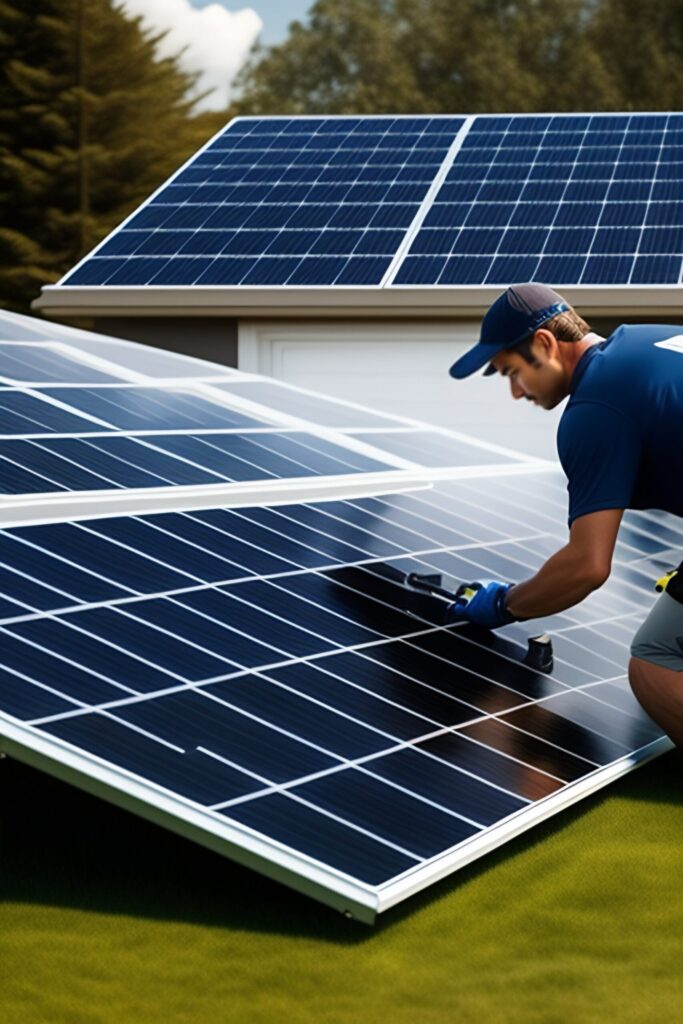Beware of ‘Free’ Solar Panel Schemes: Here are 6 Reasons Why
You’ve likely come across various companies promising “free solar panels.” But spoiler alert: they aren’t actually “free.” Allow us to dissect this for you, step by step.
Usually, these advertisements are referring to solar leases or solar power purchase agreements (PPA). Here’s the breakdown:
- The Installations: Companies will mount a solar system on your roof, and you won’t be required to pay anything upfront — not even for the maintenance. It sounds like a dream come true, especially when you envisage showcasing your home’s green credentials with those gleaming new panels.
- The Catch: The reality is a bit less shiny, as you won’t own the panels installed on your roof. Moreover, the energy produced isn’t handed to you for free. The company retains ownership of the system and bills you for the power it generates, essentially turning your roof into a small power station that you pay rent to.
- The Benefits: While it’s not entirely a scam, as it can offer some savings on your energy bills, the benefits can vary significantly. Hence, it necessitates careful consideration and exploration of all potential options before diving in. You might find that outright buying your panels or securing a no-down-payment solar loan might be more beneficial.
To help you navigate this complex scenario, we have assembled 6 critical points to keep in mind:
- Solar Leases Demystified A solar lease implies that you agree to rent the solar system for a set period, generally spanning 10 to 15 years, with no upfront charges. The financial gain hinges on whether the lease is more affordable than your existing electricity bills.
- Decoding Power Purchase Agreements (PPA) This alternative involves a billing system based on the power produced by your panels, instead of a fixed monthly rent.
- Government Intervention is Limited While the government doesn’t hand out free panels, they do facilitate subsidies, targeting primarily the low-income bracket, provided certain conditions are met.
- Ways to Curtail Initial Costs Leveraging tax credits and exemptions, both at federal and state levels, can substantially diminish the initial expenditure. Rebates from local utility companies or government agencies further alleviate the financial burden.
- Choosing the Right Solar Company Engaging a reliable company with superior products and skilled installation services should be your priority. Ensure a robust warranty backs their offering, securing your investment in the long run.
- A Reality Check on ‘Free’ Solar Understanding the true essence behind the “free” claims is vital. While these offers aren’t fraudulent, they come with strings attached in the form of monthly payments delineated in the contract.
Wrap-up Despite the attached costs, affordable solar options are still within reach. There exist assistance programs, especially for low-income families, and considering a loan might turn out to be a favorable strategy, thanks to the lower interest rates provided by many solar financing options. Remember, the average cost in the U.S. for solar panels stands at around $2.94 per watt, translating to nearly $11,000 for a 5 kW system, a figure that can be reduced with local incentives and rebates.
Armed with this information, you are now better prepared to make an informed choice and potentially pave the way towards a sustainable, green future, without falling into the “free solar panel” trap.






